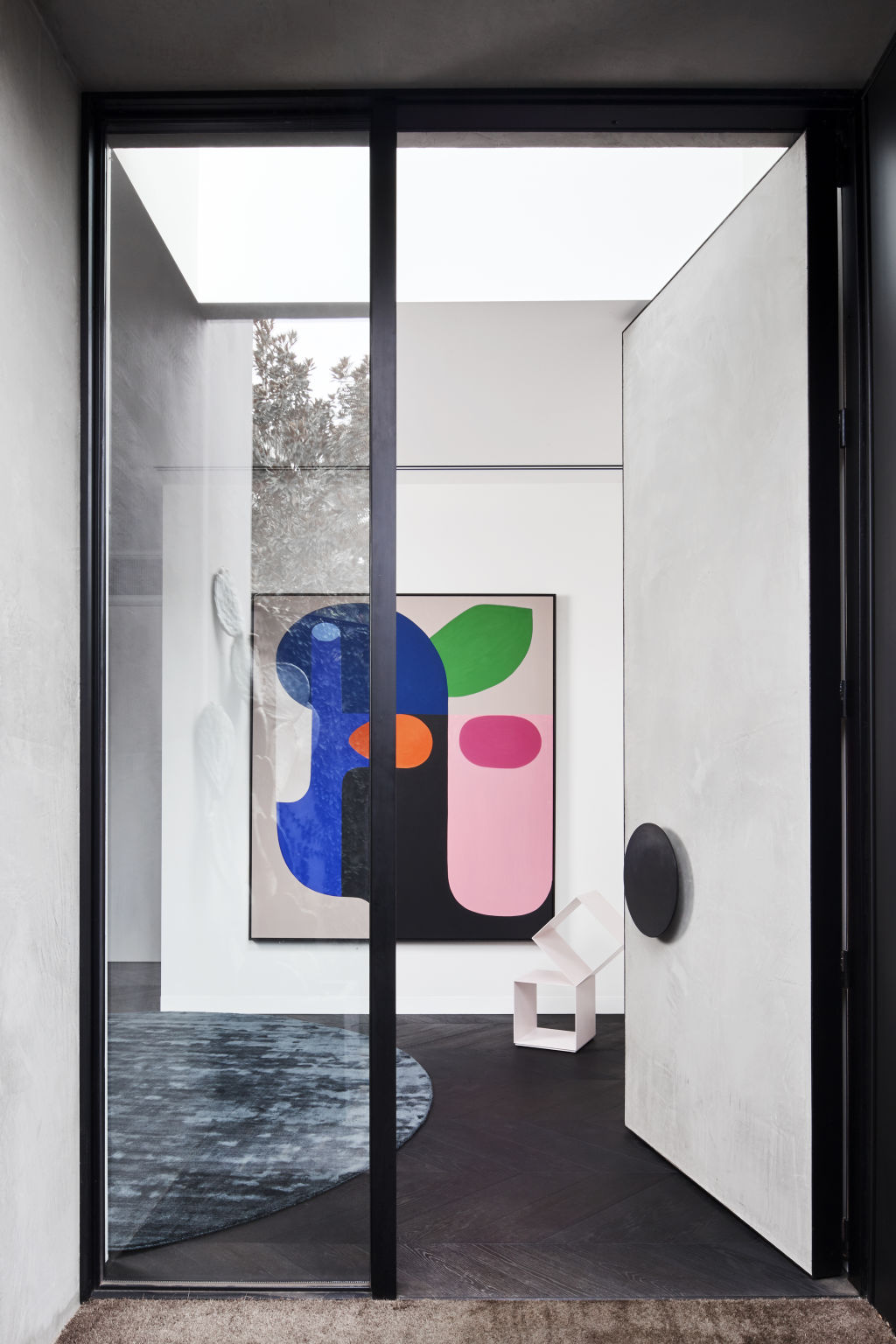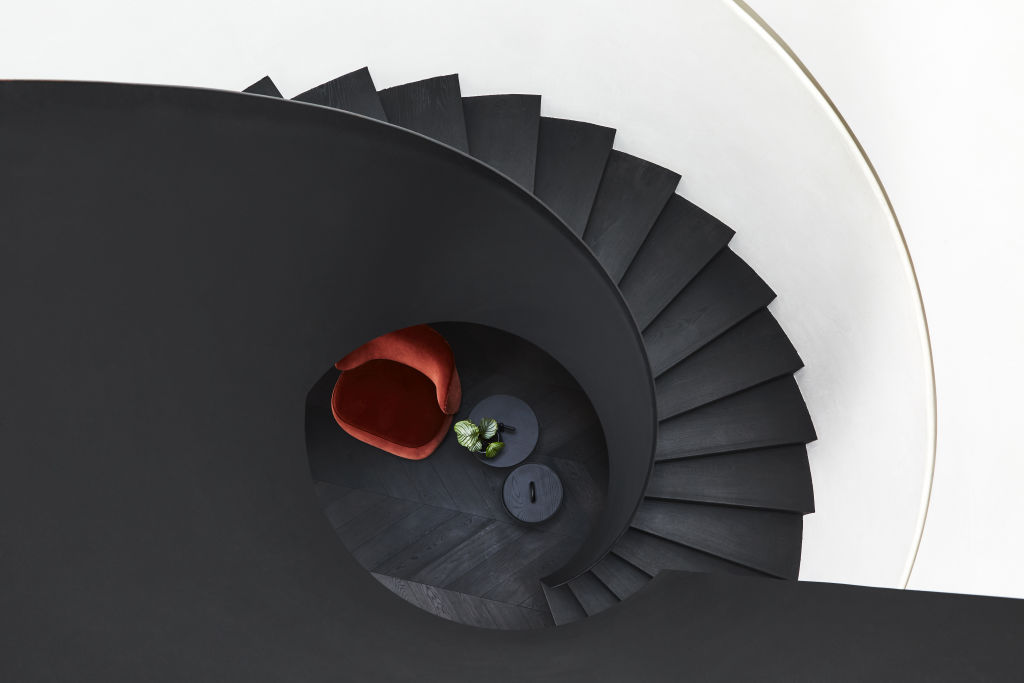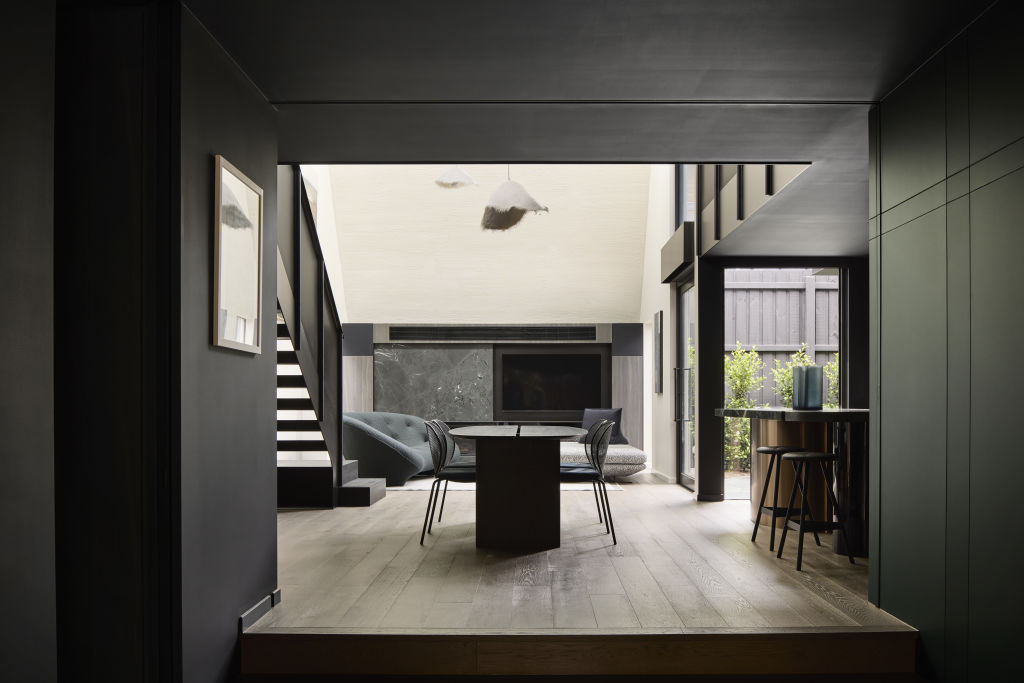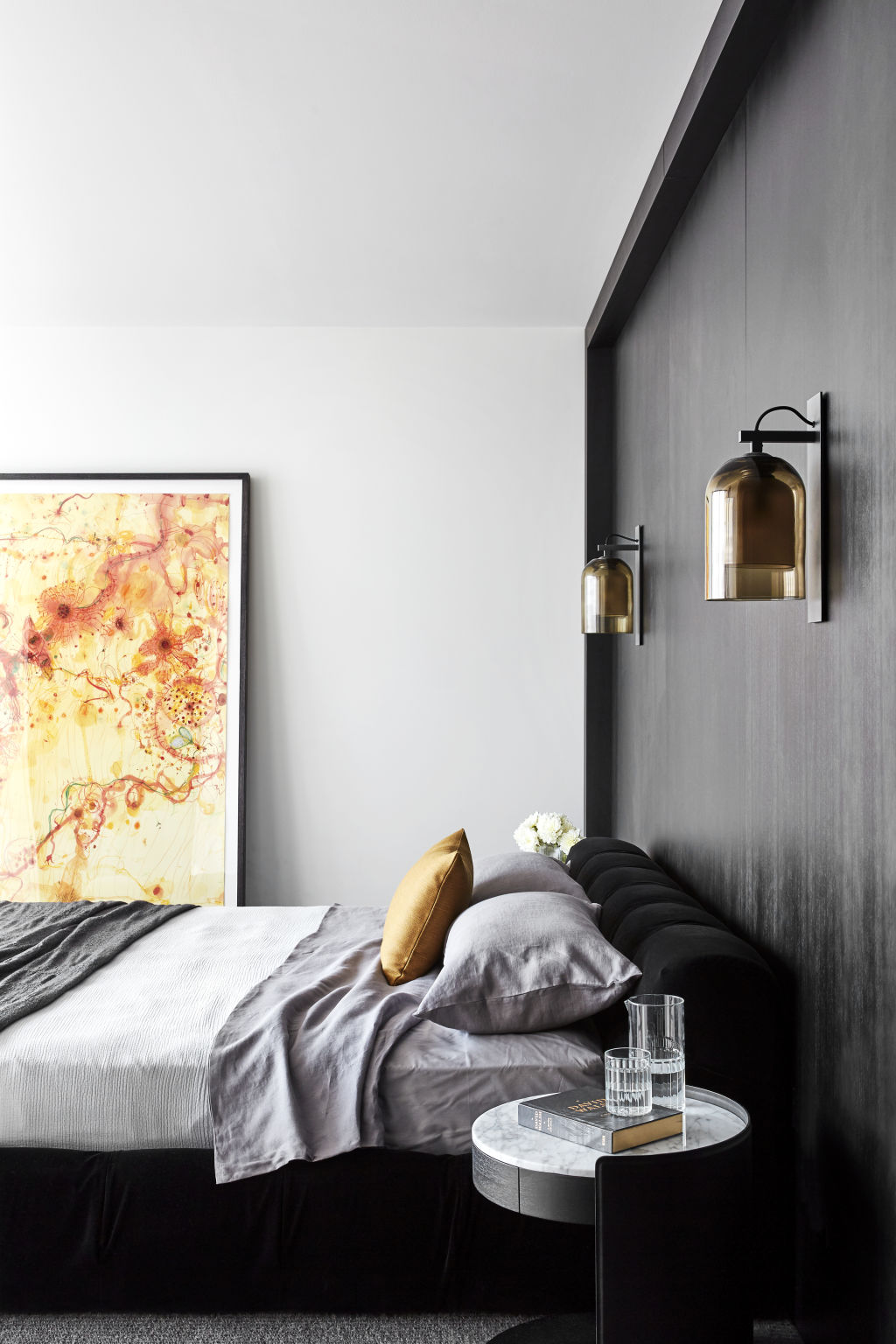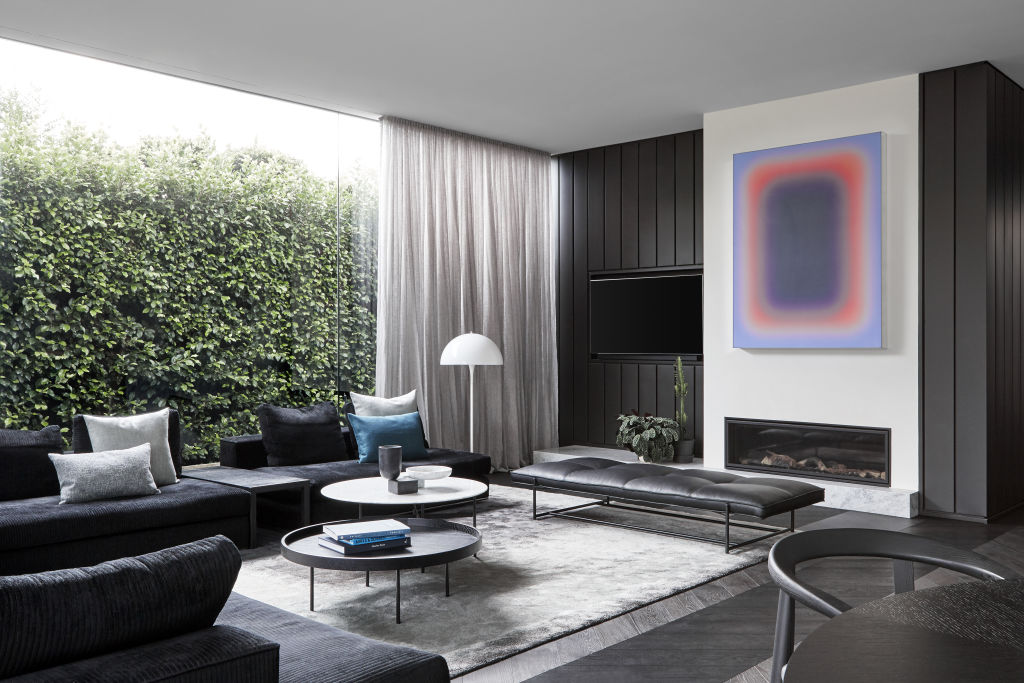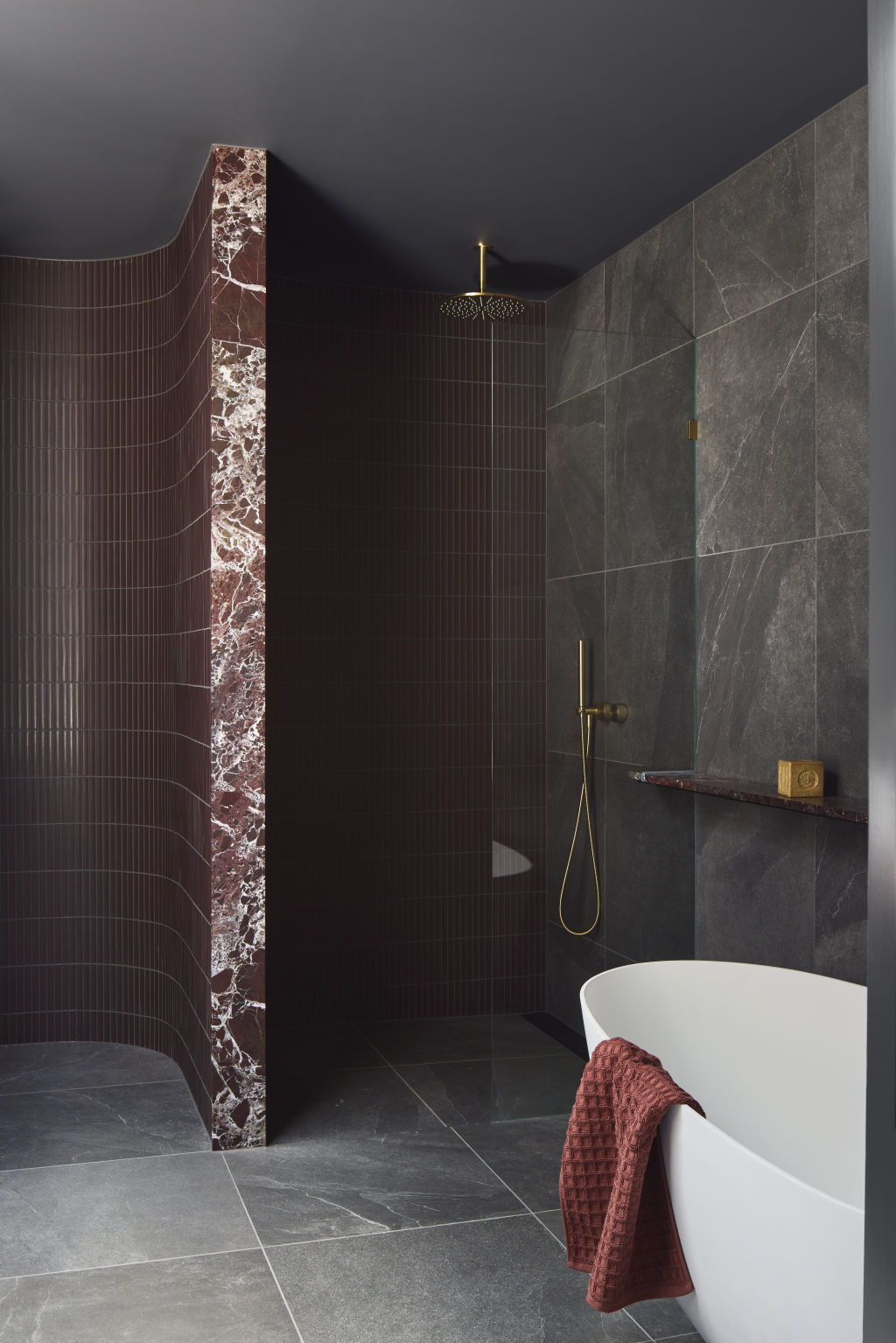Embracing the curve: A design trend that stands the test of time
Right angles are out as more organic forms make a big comeback in home design – though history shows that curves never really go out of style. From rounded edges to archways, curves are back in style. Image: realestate.com.au Across the country, new homes are showing off the latest design trends and … Read more
